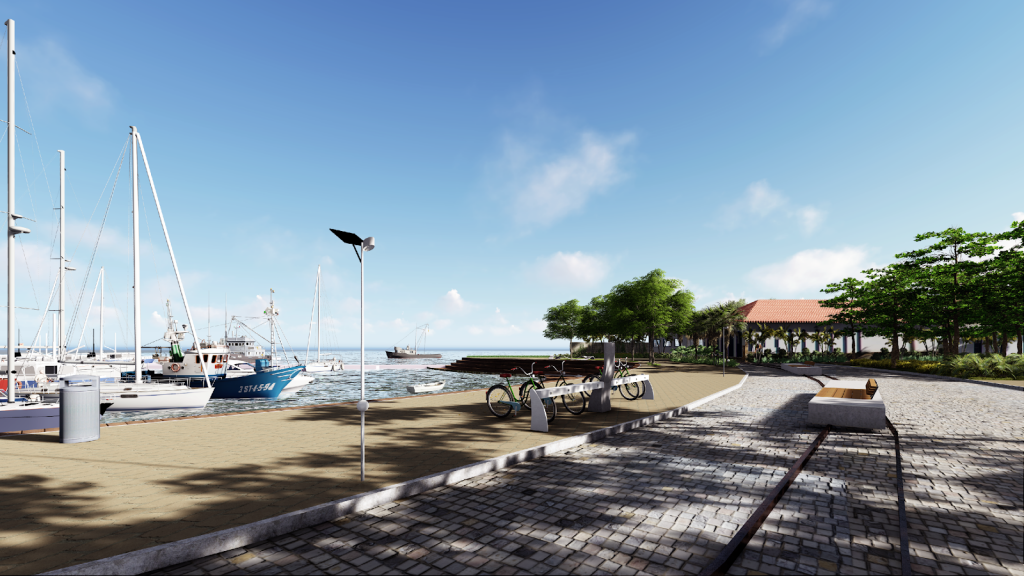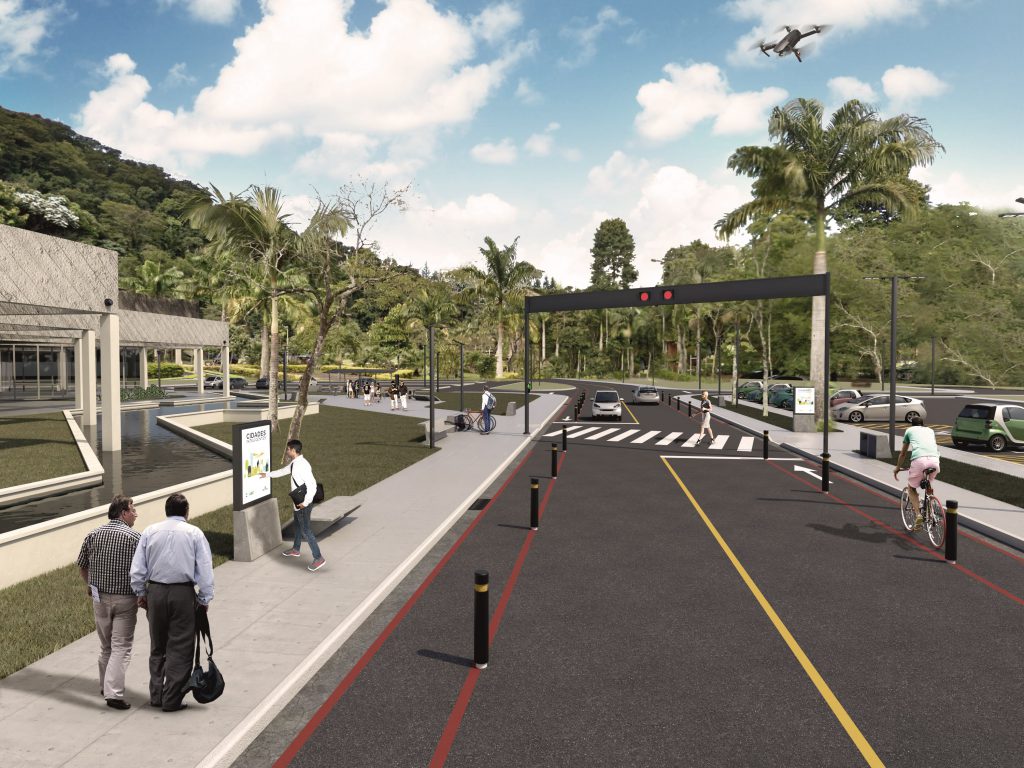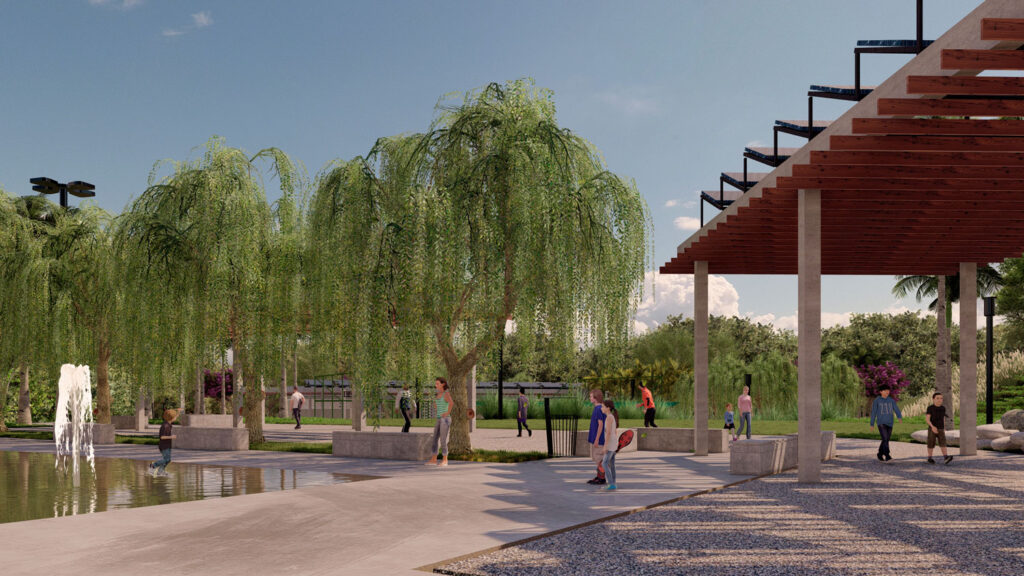O que são cidades inteligentes
Smart cities are distinguished by the way they respond to urban conflicts, being more efficient in their processes and, consequently, providing an environment with greater social well-being. There is no single definition or consensus on what a smart city is, one of the definition guides being the ISO of smart cities, access this link and learn more about sustainable projects developed by Plant Ideas.
Smart cities seek technology to solve their most latent demands and conflicts, with the use of IoT (Internet of Things) and Big Data, which end up stimulating the conversion of data from various municipal areas (health, education, security, leisure, environment, etc.). Obtaining and analyzing data enables clearer decision-making on urban challenges and generates performance indicators for evaluating this intelligence urban architecture.
Smart city projects can only be designed with a broader view, within a planning cycle with diagnosis and analysis, goals and projects at all scales of the city. Within this aspect, the intelligent architecture of urban spaces combines hardware and software technology with all constructive, environmental and sustainable technologies.
The environment influences the city, which impacts and is impacted by each building, with the coexistence of constructions being fundamental. In smart cities, the building begins to relate, in fact, with the smart city, as a single body integrated through software.
With smart cities, there are:
- obtaining and integrating information;
- optimization of public resources;
- lower environmental impact; and
- greater humanization.
We can identify the advantages of the smart city in the Pátio Angra project, on the Orla de Angra dos Reis, where the Plant Ideas developed the intervention plan for the historic waterfront of the municipality and also the Sustainable Administrative Center – Pátio Angra, revitalization projects for the entire maritime public space and the new building, which converge municipal secretarial activities and give identity to the municipality.
The Pátio Angra building was designed with the most contemporary concepts of intelligent architecture, creating, in an integrated way with the urban territory of the municipality, a new nucleus of coexistence for the city, which values its historical and tourist potential.
See too: Qual a importância dos mobiliários urbanos?
The proposal revitalized public spaces, such as squares, patios, waterfronts and the beach, and used environmental sensors, smart lighting, modal systems, such as bicycle sharing, among other urban solutions, with the aim of improving life and citizen's daily life.
Access the link and learn more about the projects developed by Plantar Ideias.
Check also: corporate leisure | work sustainable architecture










